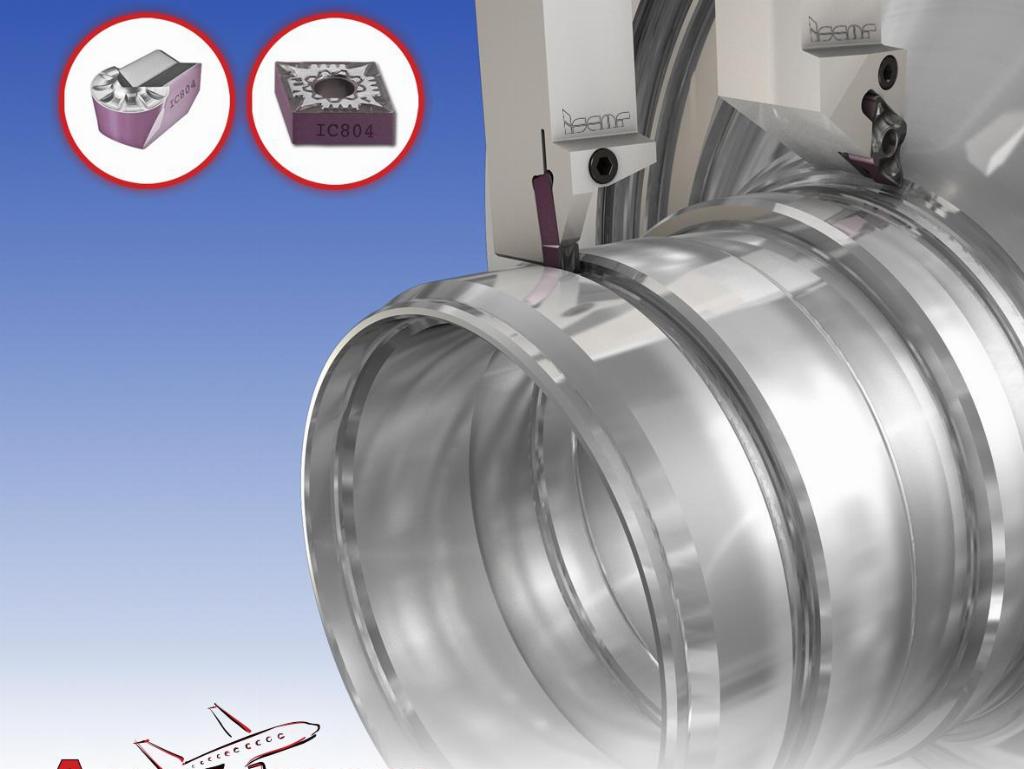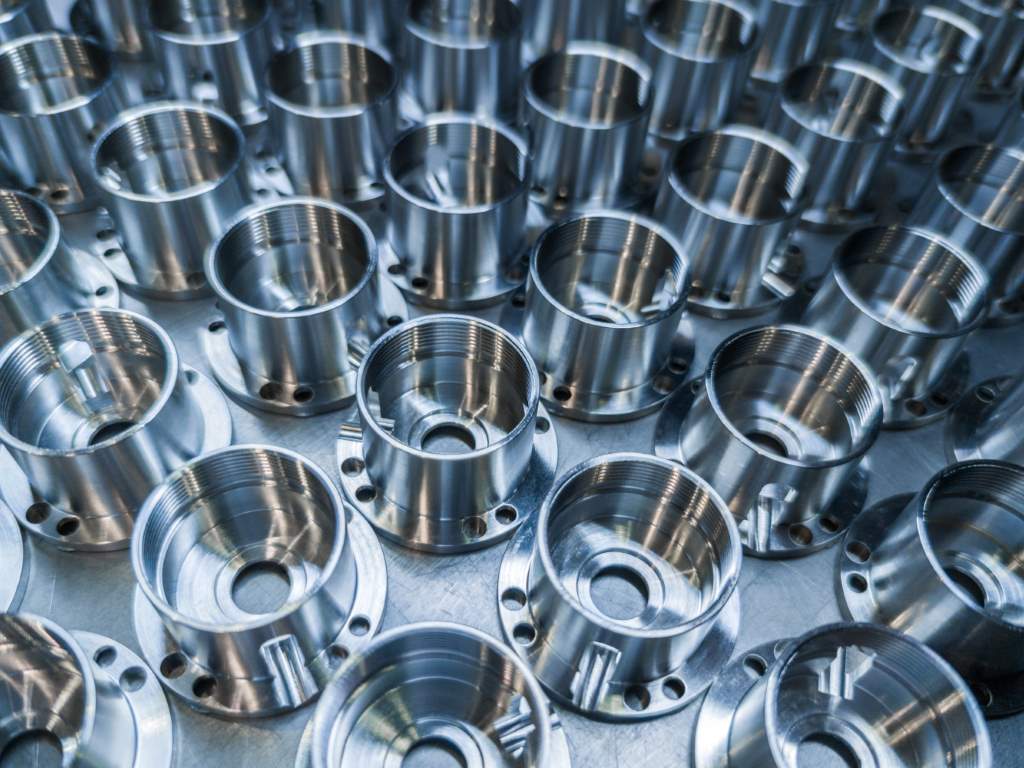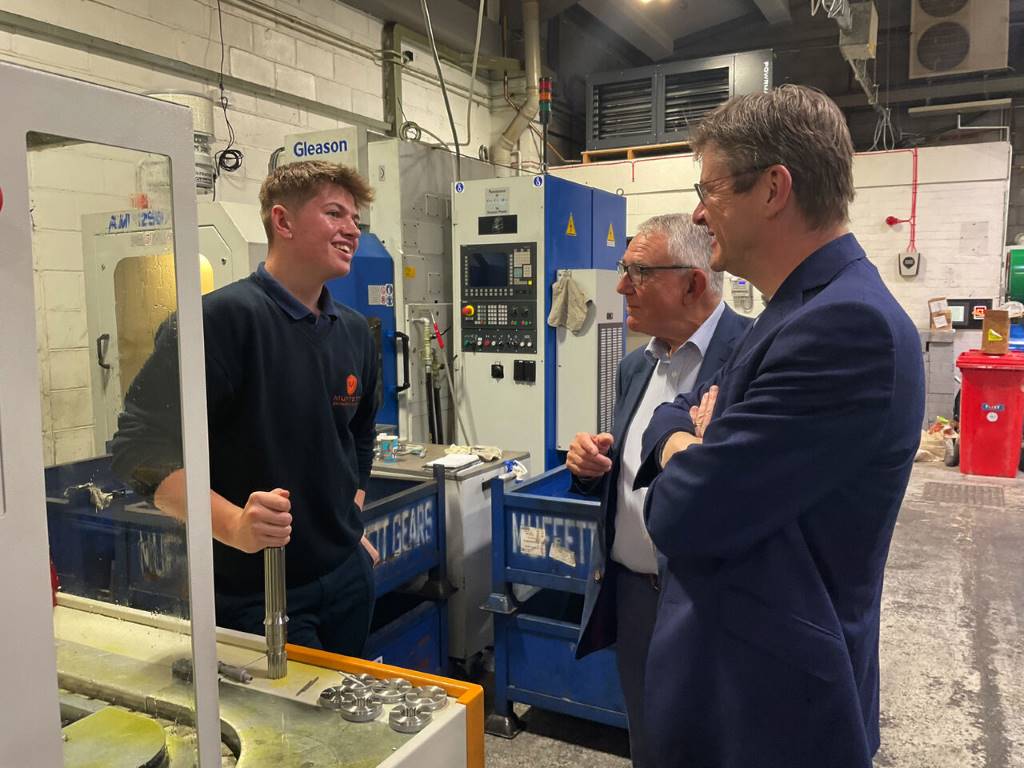MAY COVER STORY: Taking tooling in a new direction

Ed Hill visited Sandvik Coromant’s technical centre in Sandviken to hear about its latest advances which it predicts will revolutionise the machining process.
Sandvik Coromant’s 75th anniversary was an ideal opportunity for the company to launch two highly innovative cutting tool advances. It also gave the cutting tool specialist the chance to reflect on its history and look to the future.
The Sandvik Group can date its origins back more than 150 years when its founder, Göran Fredrik Göransson, began making steel after refining the Bessemer process. It was not until the 1930s that the company began experimenting with cemented carbide, initially to make cutting tools for rock drilling and metal cutting.
In 1942 the Sandvik Coromant division was created – Coromant being a combination of the Swedish words for the corona of the Sun and diamond (diamant).

The company has been responsible for many metalcutting advances since it was founded. In 1957 it produced it first indexable inserts and T-Max tool holders, in 1969 it developed gamma coated heat resistant inserts and in 1990 quick change Capto modular toolholders.
These advances along with many others led to rapid growth resulting in the company’s present status operating in 150 countries, with 8,300 employees. It currently has 520 patent families and estimates that it introduces around six new products of one kind or another every day.
Back and forth machining
The term game changing can be overused at times but at the recent press gathering the company could justifiably be excited about its latest developments.
The first is called PrimeTurning, an innovative new insert concept that enables the tool to not only cut the workpiece as it moves towards the chuck on a lathe but also to cut as it moves away (back and forth). The new inserts can also carry out facing and profiling operations. Sandvik Coromant describes it as the first ‘all directional turning solution’ and claims that in some instances this could lead to productivity increase by as much as 50%.
These improvements are due to the insert cutting with a small entering angle and higher lead angle, which creates thinner, wider chips that spread the load and heat away from the nose radius. The result is both increased cutting data and extended tool life.
In addition, as a result of the design of the inserts, there is no danger of chip jamming, a problem that can occur with conventional longitudinal turning. The new inserts also mean fewer production stops such as set-ups and tool changes.
Sandvik says PrimeTurning is particularly beneficial to manufacturing industries such as aerospace and automotive where there is a need to perform external turning operations in big batch productions.

“Experienced operators know that a small entering angle allows for increased feed rates,” says Håkan Ericksson, global product specialist at Sandvik Coromant. “However, in conventional turning they are restricted to using entering angles of around 90° to reach the shoulder and avoid the long, curved chips that a small entering angle characteristically delivers.
“PrimeTurning solves these problems by combining a perfect reach at the shoulder and the application of 25-30° entering angles with excellent chip control and maintained tolerances. This innovation presents countless possibilities to perform turning operations in much more efficient and productive ways. It’s not just a new tool, but a totally new way of turning.”
When first demonstrated, Prime Turning is the sort of development that begs the question ‘why hasn’t this been done before’? But Sandvik Coromant says it would not have been possible before better clamping devices were developed on lathes. It also recommends the process is mainly suitable for shorter workpieces and the use of the tailstock can be important to maximise stability on longer parts.
To support the programming that the Prime Turning inserts require when put on a CNC lathe, Sandvik has also introduced a code generator. The code generator supplies optimised programming codes and techniques for the new tools. It not only ensures maximum output but also process security with suitably adjusted feed rate and entry radius parameters. It creates ISO codes that are compatible with various CNC systems.
Sandvik is also partnering with CAM software suppliers like Mastercam to provide automated toolpaths and strategies for the new turning method.
Two types of Prime Turning insert are available: the CoroTurn Prime A-type features three 35° corners and is designed for light roughing, finishing and profiling, while the CoroTurn Prime B-type with ultra-strong corners is designed specifically for rough machining.
The inserts are suitable for cutting ISO P (steel), S (heat-resistant super alloys and titanium) and M (stainless steel) category materials. Nine CoroTurn Prime A-type and six CoroTurn Prime B-type inserts are currently available but Sandvik expects this will increase in the future.
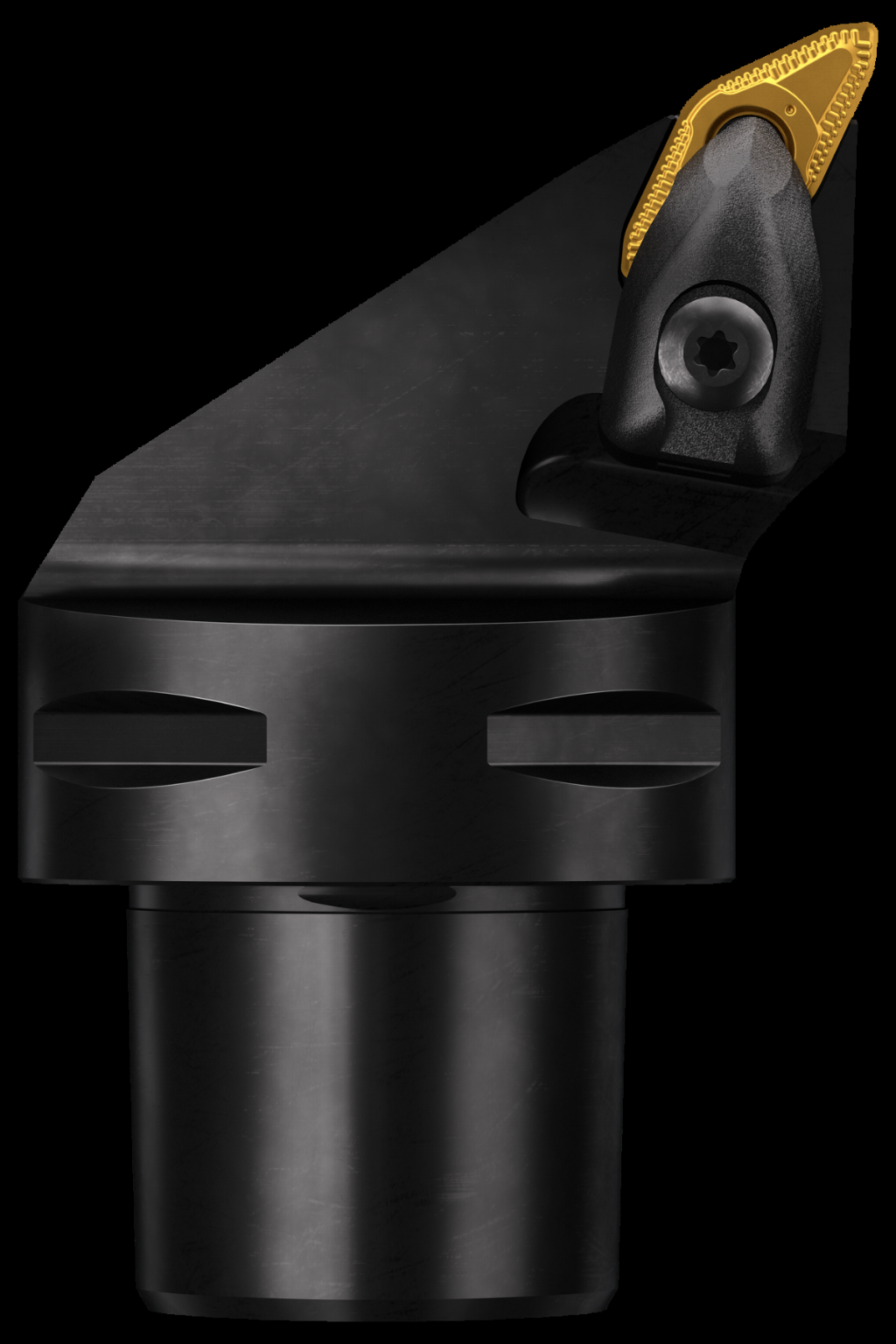
The inserts are supported by 52 variants of toolholder, including Coromant Capto, CoroTurn QS and shanks.
Connecting the future
PrimeTurning is literally a cutting-edge advance, but Sandvik Coromant is also addressing the all-encompassing industry buzzword that is Industry 4.0 with what it calls CoroPlus.
The CoroPlus suite consists of tools and software that can send and/or receive data. It uses connected technologies combined with Sandvik’s machining expertise to reduce data waste and improve manufacturing processes in design and planning and during machining operations.
Users not only get access to Sandvik Coromant product and application data through connected software, but with sensor-equipped tools they can adjust, control and monitor machining performance in real time.
CoroPlus demonstrates how a machine shop’s productivity can be increased via accurate onsite data displays, through the cloud and via integration with the user’s software and machining environment. The system connects into existing software through open Application Programming Interfaces (APIs), offering two-way connectivity and accurate data.
Sandvik says the main benefit is the ability to optimise manufacturing through better understanding and insight into what’s happening in the workshop and machining environment. Access to accurate tool and application data inside the existing workflow enables considerable time savings to be made. And tool mounted sensors ensure breakages are avoided.
The CoroPlus suite consists of ToolGuide which connects directly to a user’s CAM or tool management software, the ToolLibrary which enables the user to create virtual tool assemblies from any supplier’s ISO 13399 standard tool catalogue, the CoroBore remote tool set-up system, the in-cut monitoring solution Silent Tools, the Promos 3+ data collector which monitors tools and processes in real time, and the PrimeTurning code generator which creates ISO programming codes compatible with CNC systems.
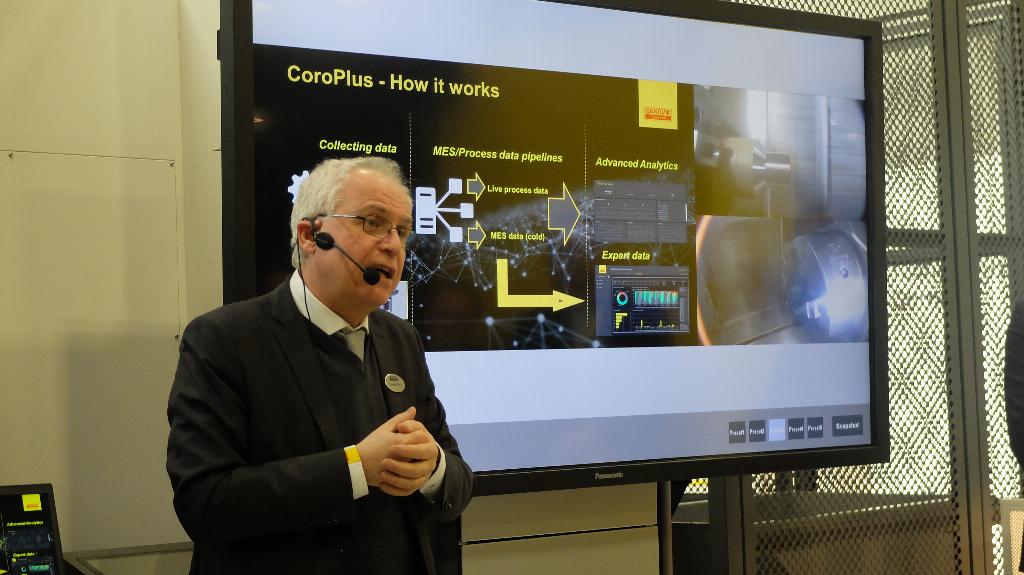
During presentations at the launch event Sandvik Coromant also discussed the impact that additive manufacturing might have on its business, unveiled new packaging, and gave a tour of its manufacturing plant in nearby Gimo where it has invested in automated systems and robotics to achieve round-the-clock production of its inserts.
Looking ahead
During a talk on the future of manufacturing, vice president and head of business development Magnus Ekbäck outlined how he saw Sandvik Coromant’s future shifting away from being primarily a cutting tool hardware provider to offering ever more digital ways to help customers reduce their manufacturing costs.
“We are moving from the focal point of just machining to the whole value chain,” he explains. “There is already a lot of data being used in machine shops but now we are introducing computer technology and analytics that can make sense and good use of this data. This means we can take a more holistic view of our customer’s activities.
“Our sales approach has always been to offer advice and consultancy; made famous by our yellow coats. As we move forward with our product developments it’s about making the yellow coat less based on the individual (i.e. the sales engineer/applications engineer) and pooling all that knowledge and digitising it. Of course, we will always supply the hardware, but this will be a way of taking our machining knowledge and digitising it as a more interactive software solution.”
Sandvik Coromant president Klas Forsström summed up: “Our DNA is built around innovation. We want to be perceived as a leader in our field, but it’s not just a question of saying we are a leader. We have to deliver constant innovations that are appreciated by our customers and industry. I can guarantee that the advances that we have launched today are just the beginning.”
Sandvik Coromant www.sandvik.coromant.com


